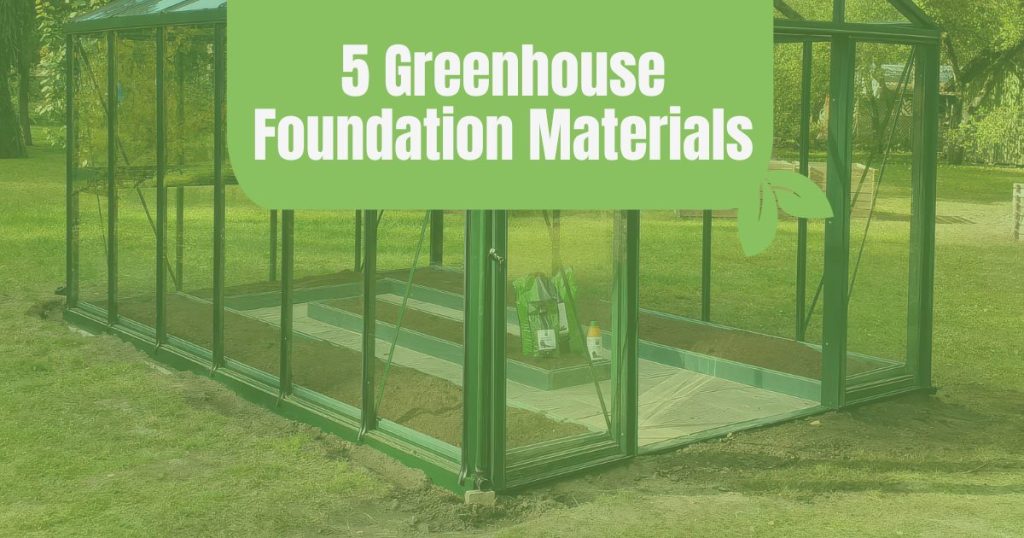

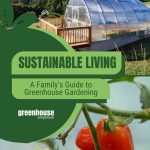

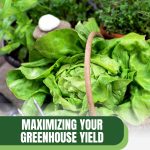


Determining how big of a greenhouse to feed a family is a question that sparks curiosity among many gardening enthusiasts. It’s a blend of science and gardening magic. As a rule of thumb, you’re looking at needing between 100–200 sq. ft. per person for a diverse and resilient crop range.
There’s more to it than that, though. This article is your go-to guide, packed with insights and years of expertise. We’ll help you figure out the perfect greenhouse size that aligns with your family’s needs and aspirations for fresh, home-grown produce.
Whether you’re a couple or a bustling household of eight, we’ve got a breakdown of everything from square footage to the types of crops that will thrive in your green space.
So, let’s unravel the mystery together and set you on the path to a bountiful harvest that keeps your dining table vibrant and nutritious all year round!
How Big of a Greenhouse to Feed a Family?
The optimal size of your greenhouse is a critical decision that hinges on the number of mouths to feed and their preference for fresh produce. Our extensive experience suggests that allocating 100–200 sq. ft. per person gives you a versatile and resilient garden.
This space allows for a rich variety of fruits and vegetables, accounts for unexpected gardening challenges, and supports crop rotation to maintain soil health.
But, this also depends on a few things such as plant sizes, whether you’re using a heated greenhouse in winter, and whether you want to preserve some of the produce.
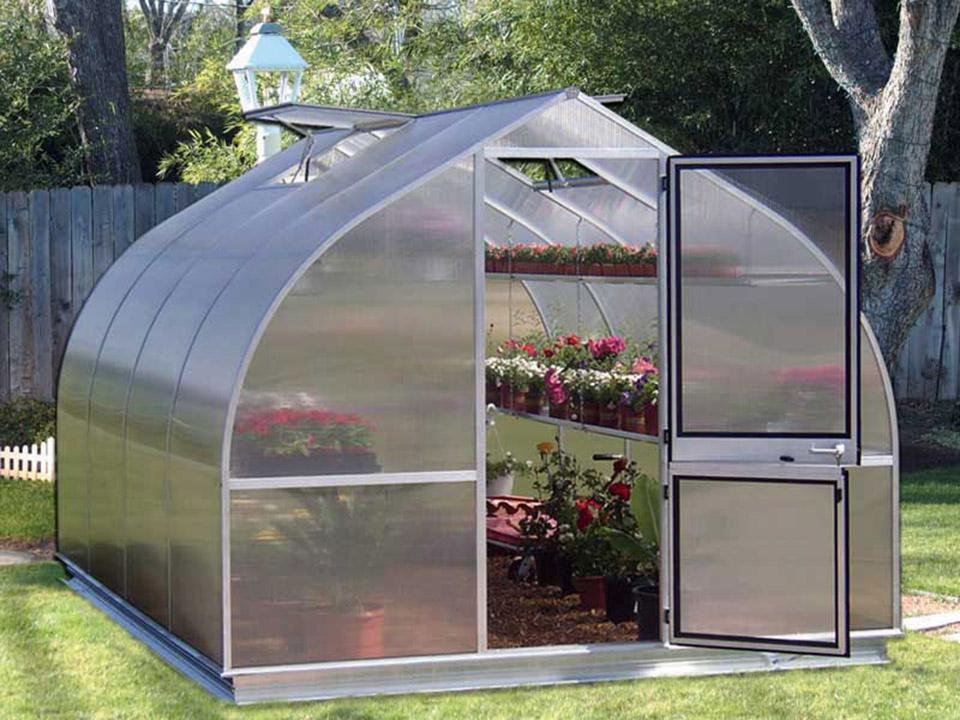
You can also maximize space usage by employing specific gardening techniques, like companion planting, vertical growing, or square-foot gardening.
Greenhouse size for a family of two
For a pair embarking on their gardening journey, a small greenhouse measuring approximately 8×8 feet is a great starting point.
This size is conducive to experimenting with a wide array of plants while ensuring there’s enough room to introduce greenhouse accessories such as shelving, as well as vertical gardening techniques. Such innovations maximize the use of space, allowing for a greater yield of produce from a relatively small footprint.
That being said, if you want to include other plants in your greenhouse or if you don’t set it up properly, you might need something larger.
Greenhouse size for a family of four
When catering to a family of four, a greenhouse that spans 8×16 feet is recommended. This dimension is a sweet spot, providing sufficient area to cultivate an extensive selection of vegetables and herbs essential for a balanced diet.
The increased space compared to a setup for two does not merely double but optimizes the growing area through strategic plant placement and the potential for tiered gardening, thus enhancing productivity.
Greenhouse size for a family of six
As the family expands, so does the need for a larger greenhouse. An 8×20 feet structure is well-suited for a family of six, offering a substantial increase in growing area.

This size supports a broader diversity of crops and more sophisticated gardening techniques, such as dedicated zones for different plant types and advanced irrigation systems. It strikes a balance between providing ample growing space and maintaining manageability for the gardener.
Greenhouse size for a family of eight
For a large family of eight, a greenhouse approaching the dimensions of a commercial greenhouse size, such as 8×24 feet, is advisable.
This expansive space is necessary to meet the higher food demands, allowing for the cultivation of a wide variety of produce, from staple vegetables to exotic fruits.
The larger area affords the flexibility to designate sections for different crop types, implement larger-scale composting and water recycling systems, and possibly even incorporate small fruit trees or vines, thus elevating the self-sufficiency of the household.
If you’re opting for a size above 8×24, it’s also possible to make money with a greenhouse if set up correctly.
How Many Calories Does a Person Need?
The caloric needs of a person can vary widely based on factors such as age, gender, activity level, and overall health. However, for garden planning, we often use the benchmark of 2000 calories per day for an average adult.
This estimate helps determine the types and quantities of crops you need to grow to sustain your family. For instance, high-calorie crops like potatoes and beans might be prioritized in your planting plan to ensure that your greenhouse can contribute significantly to your family’s caloric intake.
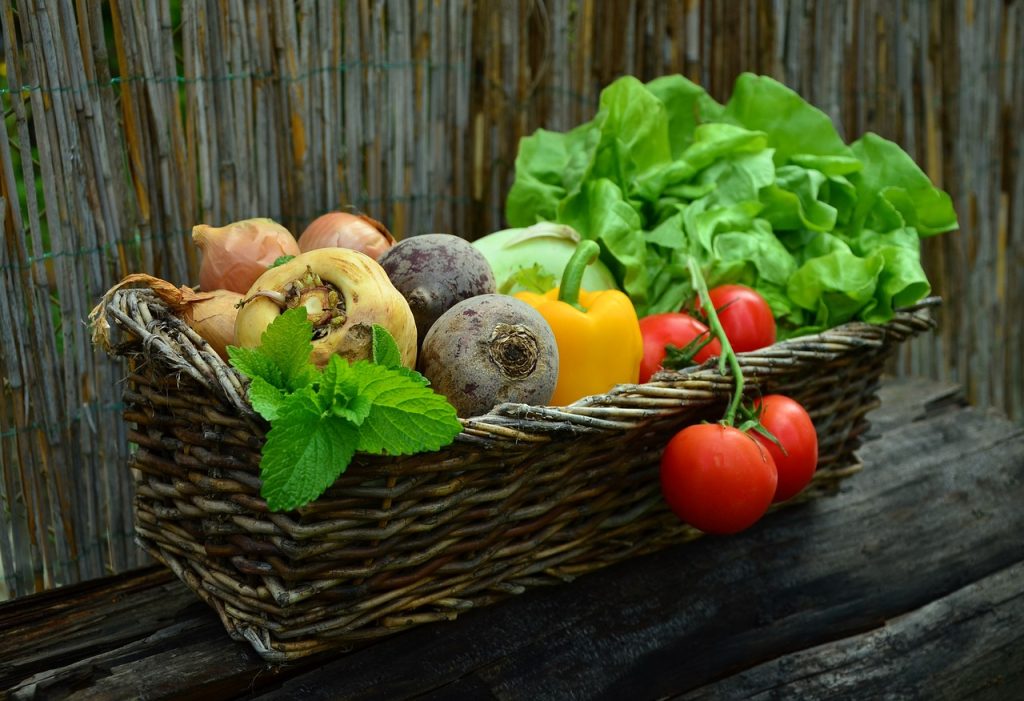
Additionally, understanding the caloric value of different crops can guide you in diversifying your garden to include a mix of high-calorie staples and lower-calorie, nutrient-rich options like leafy greens and tomatoes, ensuring a balanced diet.
How Much Food Can You Grow Per Square Foot of a Greenhouse?
From our experience, you can grow 1-4 plants per square foot with traditional gardening. With newer techniques such as square foot gardening and vertical gardening, you can get up to 16 plants per square foot.
On average, with good soil and close planting, a conservative estimate would put you at about 1 pound per square foot.
How to Calculate Greenhouse Size to Feed Your Family
- Determine the number of family members.
- Estimate the average square footage needed per person (considering 20-25 sq ft per person with proper gardening techniques).
- Multiply the per-person square footage by the number of family members.
- Adjust for your family’s specific dietary needs and gardening skills.
Recommended Fruit and Veg to Plant and Grow
Potatoes
Potatoes are a robust, versatile staple in any garden, offering a good source of vitamin C, potassium, and dietary fiber. They’re relatively easy to grow and can be used in a myriad of dishes, making them a must-have in your greenhouse.
Onions And Garlic
These culinary essentials not only add depth to your dishes but also come with health benefits like boosting the immune system and promoting heart health. They require minimal space and can be easily interplanted with other crops.
Carrots
Rich in beta-carotene, which is essential for eye health, carrots are a colorful addition to your greenhouse. They thrive in well-drained soil and can be grown in deep containers if ground space is limited.
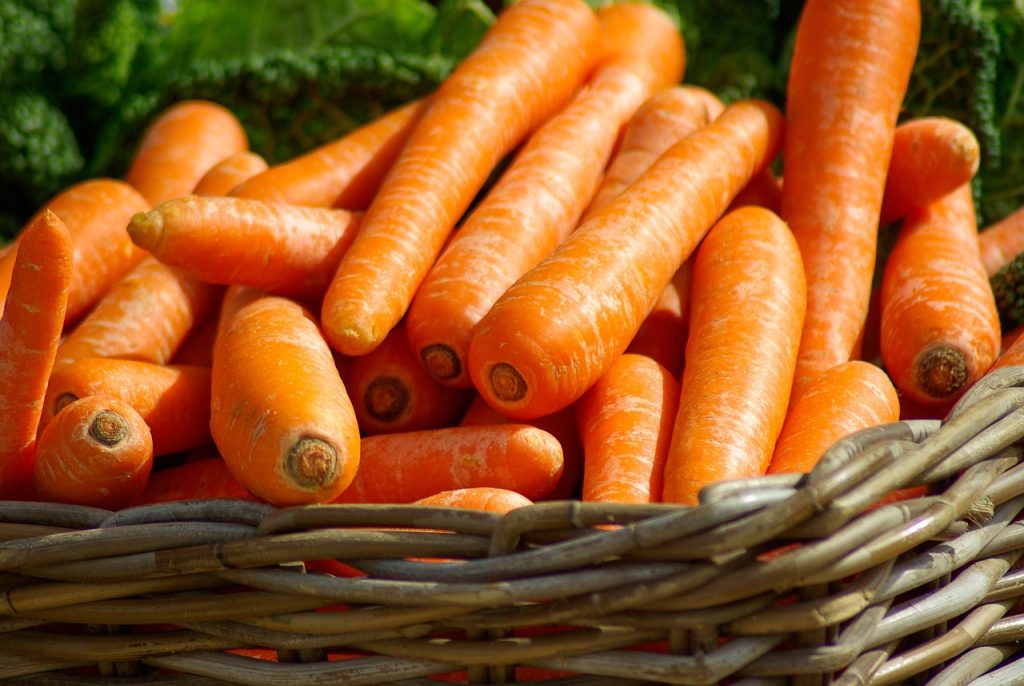
Cucumbers
Ideal for vertical gardening, cucumbers maximize the use of space in your greenhouse. They’re not only refreshing and hydrating but also a good source of vitamin K.
Lettuce
Lettuce grows quickly and comes in varieties that can provide continuous harvests. It’s perfect for ensuring a steady supply of fresh greens for salads.
Peppers
From sweet bell peppers to spicy chilis, peppers add a splash of color and a range of flavors to your meals. They’re rich in vitamins A and C and thrive in the warm conditions of a greenhouse.
Grapes
Vine plants like grapes are excellent for maximizing vertical space in your greenhouse. They provide a sweet, antioxidant-rich harvest that can be eaten fresh or used in jams and wines.
Kiwis
Kiwis are an unusual but rewarding vine fruit to grow, packed with vitamin C and dietary fiber. They require a bit of care and patience but offer a unique and tasty reward.
Strawberries
Strawberries can be grown in hanging baskets or vertical towers, making them ideal for space-saving gardening. They provide a delicious and vitamin-rich snack straight from the vine.
Tomatoes
Technically a fruit, tomatoes are a greenhouse favorite due to their versatility in cooking and high vitamin content. They can be grown in a variety of systems, including hydroponics, making them suitable for greenhouses of all sizes.
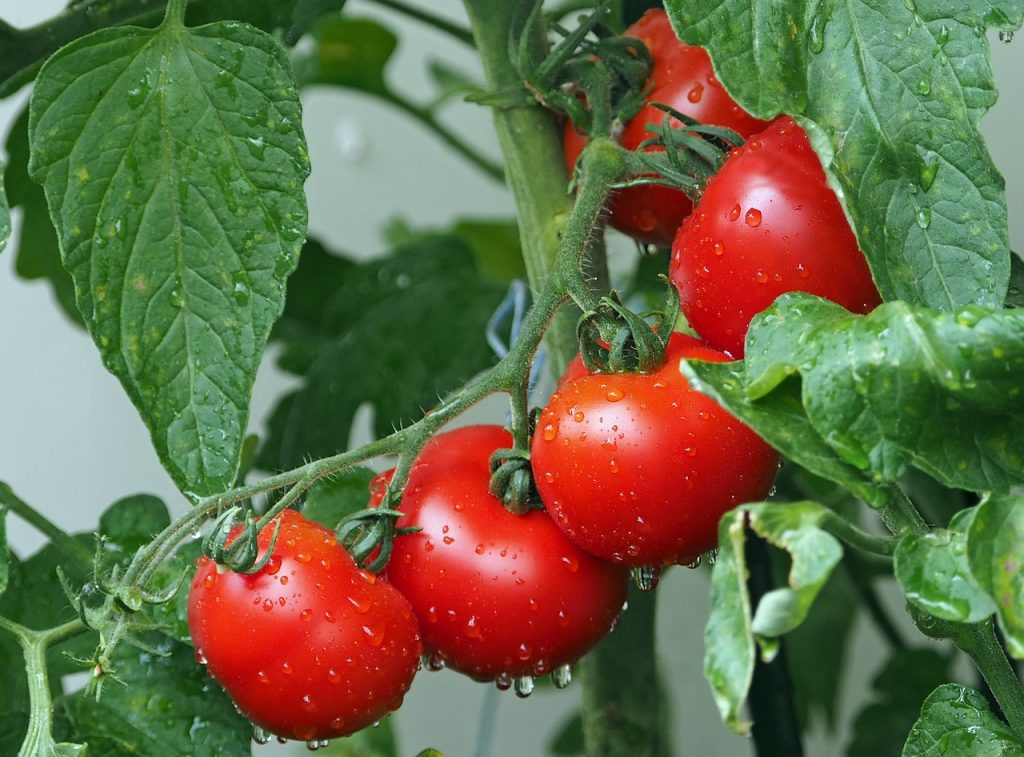
Dwarf Fruit Trees
For those with a bit more space, dwarf varieties of fruit trees like lemons, limes, and figs can bring a touch of the orchard into your greenhouse. They provide fresh, tangy fruits and can be a beautiful focal point in your garden setup.
Cost of Feeding Your Family From a Greenhouse
The initial setup cost for a greenhouse can range from $1,000 to $4,000, with additional heating, irrigation, and ventilation systems expenses. The type of construction materials and the greenhouse’s style will also influence the overall cost.
Before setup, it’s a good idea to look into topics such as is it cheaper to build or buy a greenhouse and does a greenhouse increase property value so that you can do a proper cost analysis of the project.



